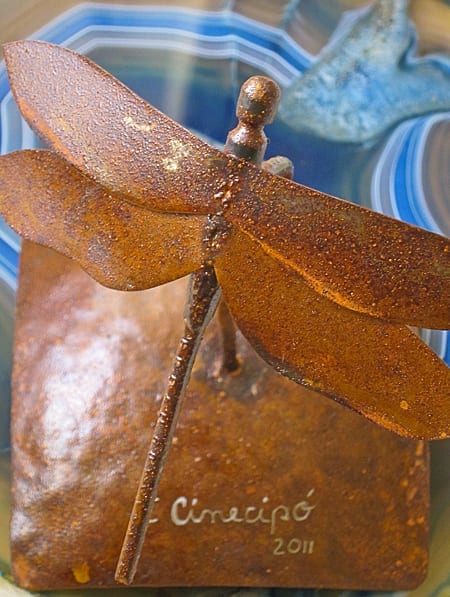By Daniel de la Calle
I only see favela neighborhoods clinging onto the hills, some dirty wet streets, cars, buses and trucks that knit a visible veil of pollution. Belo Horizonte means “Beautiful Horizon” and it probably was at some point. I am sure things were very different 100 years back, but that beautiful horizon is now so gone. Maybe it has moved 60 miles north, to the Serra do Cipó, where I just spent the last four days attending the first edition of the Cinecipo Film Festival.
We had rain, lots, but it was alright, it helped me stay concentrated on watching films and not on walking out and into the gorgeous mountains, woods and valleys. At the end of our stay, though, we were lucky enough to have a break from the clouds and water to explore the outskirts of the national park, which whet everyone’s desires to grab a backpack and hit those trails some time in the future. We saw beautiful waterfalls, open cerrado fields with that perfectly balanced mixture of palms, grass and low trees I have grown so used to, wildlife that moved, flew, sang, hid, bloomed. As Elizabeth Kolbert says in the film, “This is the problem of being born so late”, that only a few places on earth display now the kind of pristine beauty and garden-of-Eden feel that you find encounter around areas of Brazil. My home, Europe, has several thousand years of intense human habitation, a time in which we have managed to reduce the number of species of flora and fauna, have left our footprint, our dent, on every one of those horizons and placed power lines,roads that take you to countless towns, telecommunications towers, have cut away most of the forests. You need to point the camera very precisely if you want to give the illusion of wildness over in Europe. Want an example of where we were? A five minute walk from the hostel we stayed at took you to this place to go for a swim:

The unknowing model is Flor, a local woman that worked organizing the festival.

A Sea Change screened this past Sunday, on the closing day. The film was followed by a lengthy chat with questions from locals and the attending filmmakers. On the last blog entry I mentioned that this place is hundreds of miles away from the sea and I assumed some of the people that would watch it would have never actually been by the shore, but that did not seem an obstacle to trigger people’s interest and worried questions. I do have to say that I was somewhat disappointed when I discovered that not one person, not even the organizers or other documentarians had ever heard about Ocean Acidification. There is a lot more work to do to spread the word, which is what, hopefully, Rede Globo (Brazil’s biggest television and media network) will do in the upcoming months: we just found out that they licensed the film to broadcast in Brazil. And to continue on our ant, person by person work, it looks like we are going to be able to make A Sea Change be the feature film on March 22nd’s celebration of World Water Day in Inhotim, arguably Brazil’s most prominent art and nature center.
This text is becoming way too long and I still have not mentioned that at Cinecipo A Sea Change received, in appreciation of our participation, support and the value of the film, a special award. Here is a picture of the small firefly sculpture that was given to the three winning documentary shorts and us. Oh, the agate below is a slab I bought on the road to Belo Horizonte. After all, this is Minas Gerais, one of the richest mineral and crystal areas in the planet.



